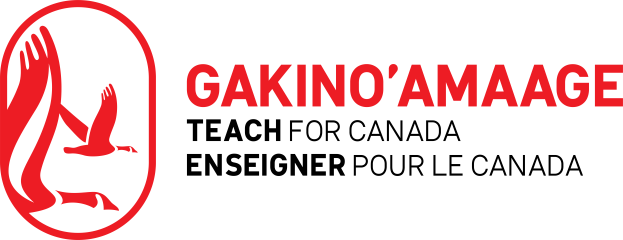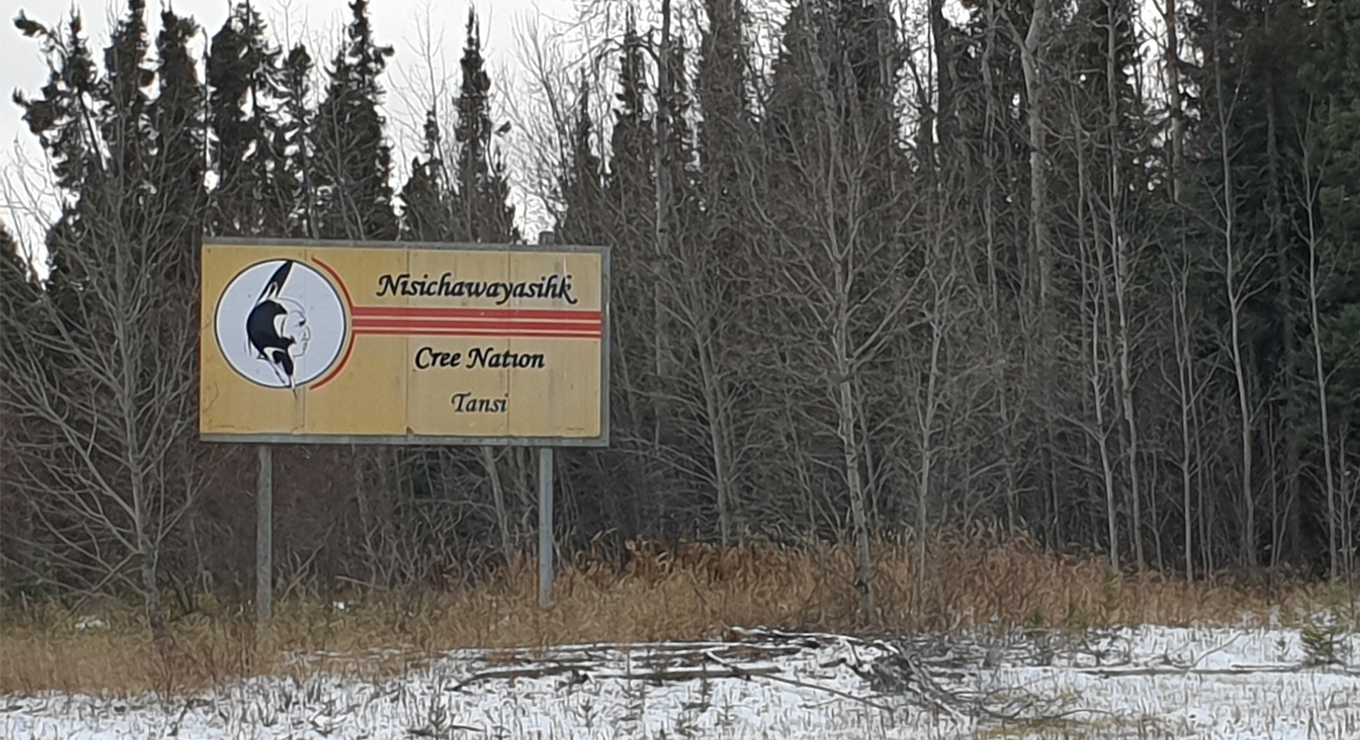Beatrix started her journey in Nisichawayasihk Cree Nation in 2020 as as a Grade 5 teacher. She and her husband Matteo, who is not a teacher, are both originally from Europe. Beatrix attended the Ontario Institute for Studies in Education (OISE) of the University of Toronto and aims to inspire her students through collaboration and hands-on learning.
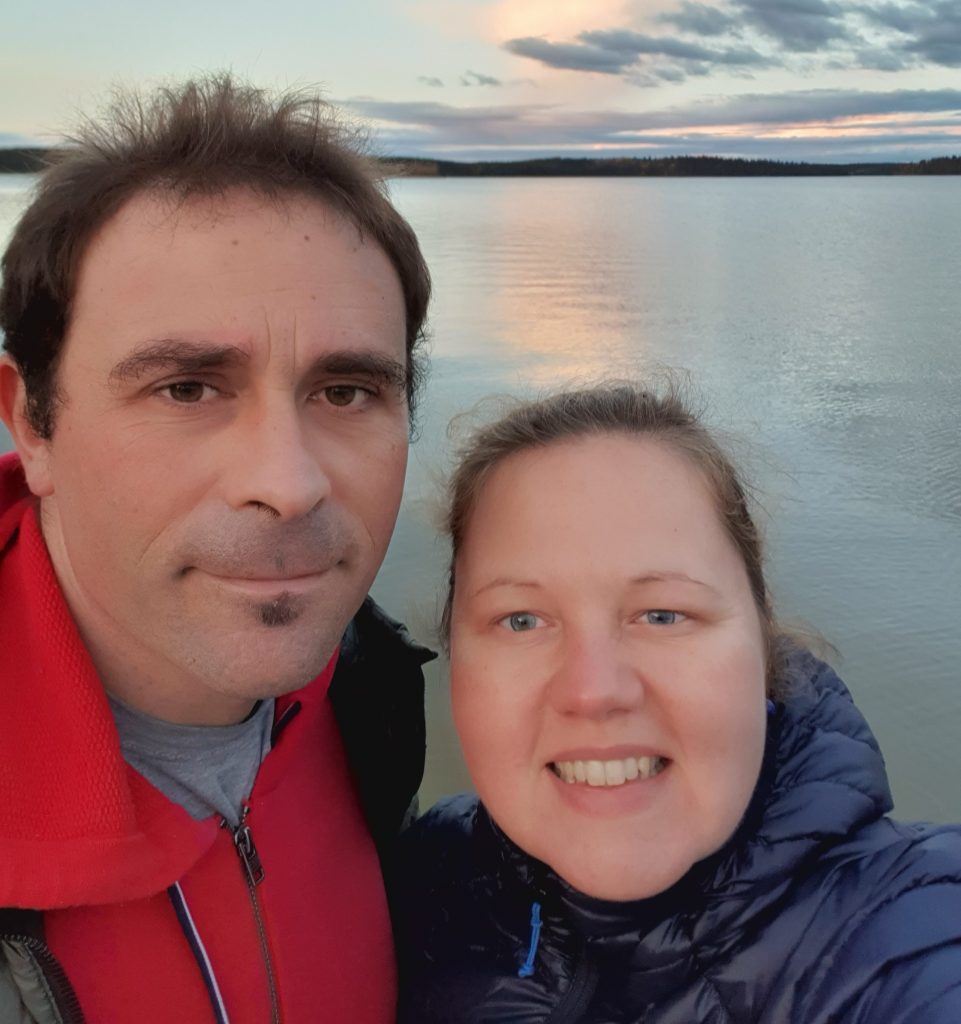
Beatrix and her husband Matteo.
Nisichawayasihk Cree Nation, also referred to as Nelson House, is a warm, picturesque, and hospitable drive-in community in Northern Manitoba about 80 km West of Thompson. Vast skies and dense forests filled with spruce, tamarack, and birch trees stand tall and mysterious by the rivers’ shores. These rivers are so vast that they are often locally referred to as “lakes”. The first few things that struck us when I arrived here with my husband were the beautiful sunsets and skies painted in yellow, orange, pink, and purple as well as the mischievous ravens flying around our teacherages and new school. Friendly dogs were walking about, greeting us in their own way, and wagging their tails happily.
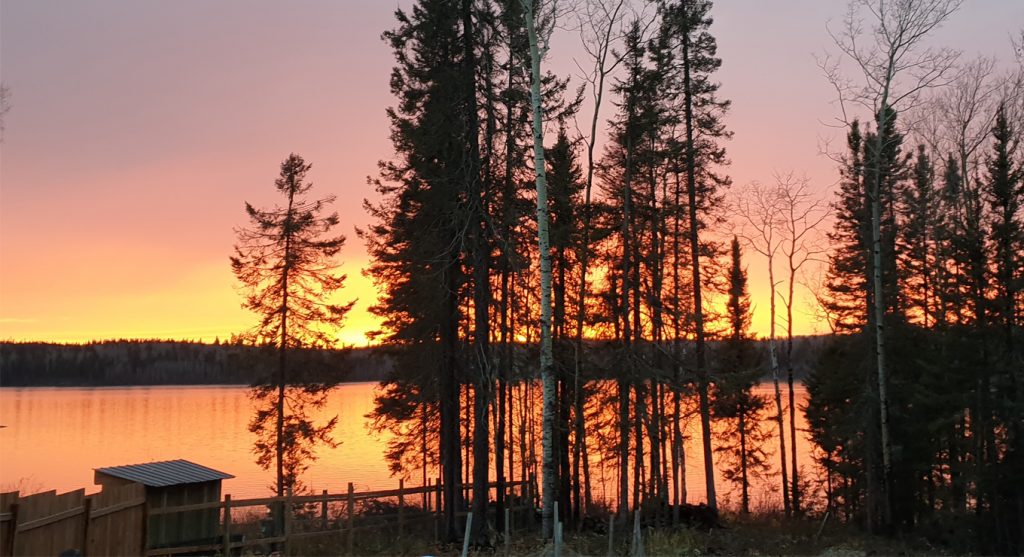
A lakeside sunset with purple, pink, and orange skies.
Leaving the City Life
I am of European descent – a Canadian educator with Central and Eastern European roots; my husband Matteo is new to the country, coming straight from Civitta Castellana near Rome, Italy. We were excited about our new journey and what was turning out to be a culturally enriching experience in the North. We had never before experienced a northern way of life, temperatures as low as -40, or seen the aurora borealis, also referred to as the northern lights. We were looking forward to safely encountering local animal life, as we did on our way to Nisichawayasihk Cree Nation. A cub jumped out on the road chasing a raven and later on we spotted a fox and two black bears.
Following our two weeks in isolation due to COVID-19 imposed restrictions for newcomers, we started exploring the community. We walked the gravel roads, enjoying the beautiful lake scenery all around. We walked on “Bay Road”, past the Three Rivers Store, and encountered many local people that were very friendly, eagerly greeting us, and curious to find out more about the “new teachers in town”. It was a new experience to encounter friendly faces greeting us all around town.
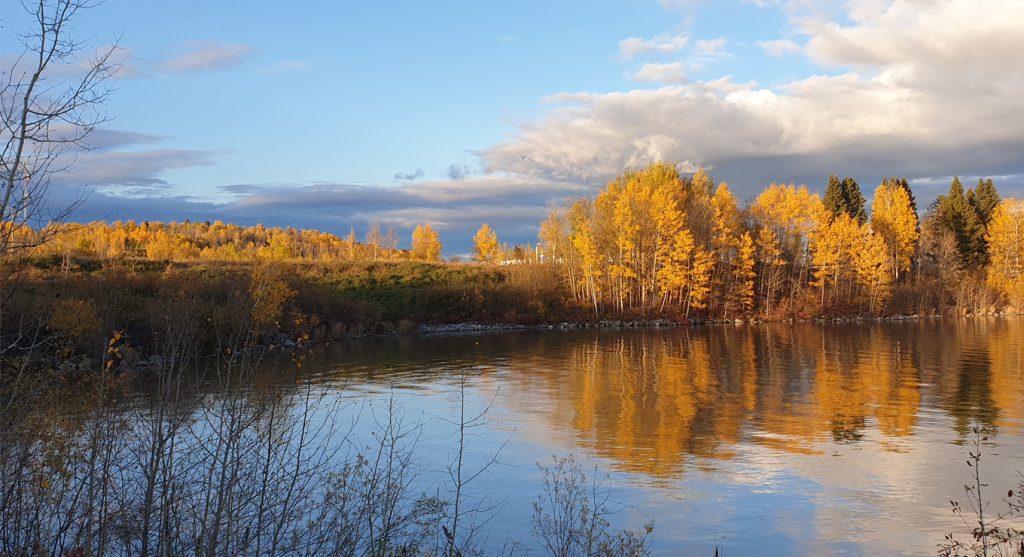
One of the lakes in Nisichawayasihk Cree Nation.
My husband and I were both used to living in large cities, where people were often in a hurry, preoccupied with their thoughts and daily commute routine. Hardly anyone notices your existence, let alone greets you or wants to find out more about you… well, unless you are entering a store to buy something. City life can be quite impersonal and dynamic. However, this is certainly not the case in Nisichawayasihk Cree Nation where everyone wants to know you and shares some banok, cranberry jam or traditional medicine to strengthen your immune system to fight off COVID-19 if needed. Local people are caring, love a good laugh, and enjoy passing on stories through wise and spiritual teachings.
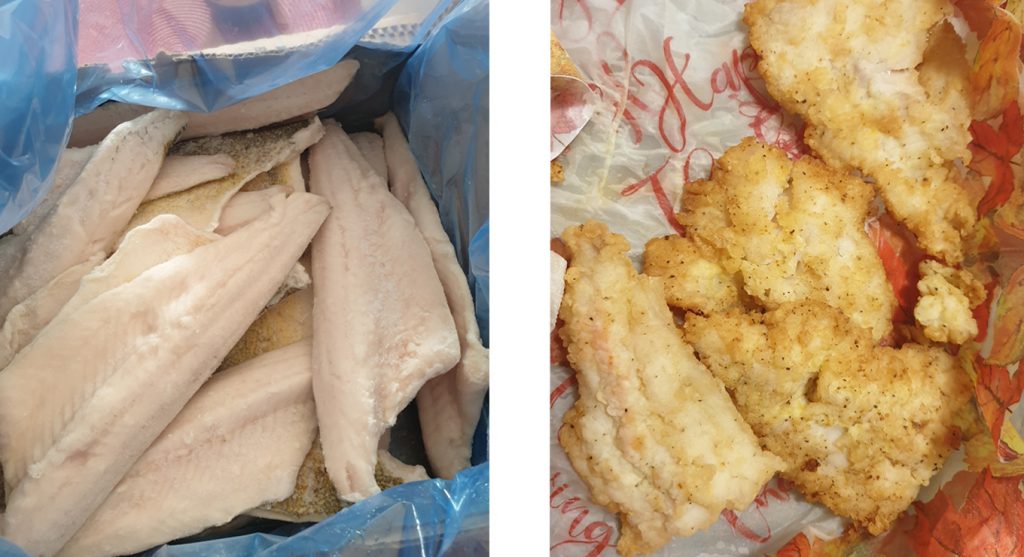
Freshly fried fish – another delicious local treat!
Understanding the Community and Culture
Local community members and Elders work very hard to preserve and revive the nîhithaw language and important cultural practices. This effort is becoming a reality through the joint work of Elders, Knowledge Keepers, community members, and organizations like the local Wellness Center and the Alice Moore Education Authority. I was greeted and welcomed as a new teacher to both facilities where I received a wealth of information about the history and language and was given a Nisicawayasihk Rocky Cree wordlist book to help with my future work with local children.
The Grandma and Grandpa cabin activities at the Otetiskwin Elementary School teach children about the local culture through woodwork and craft making. This is where I made my first dream catcher and learned the beginnings of beading. Students also attend Cree language classes at the school and teachers are welcome to learn with them from a team of experienced, loving, and wise Cree language educators.
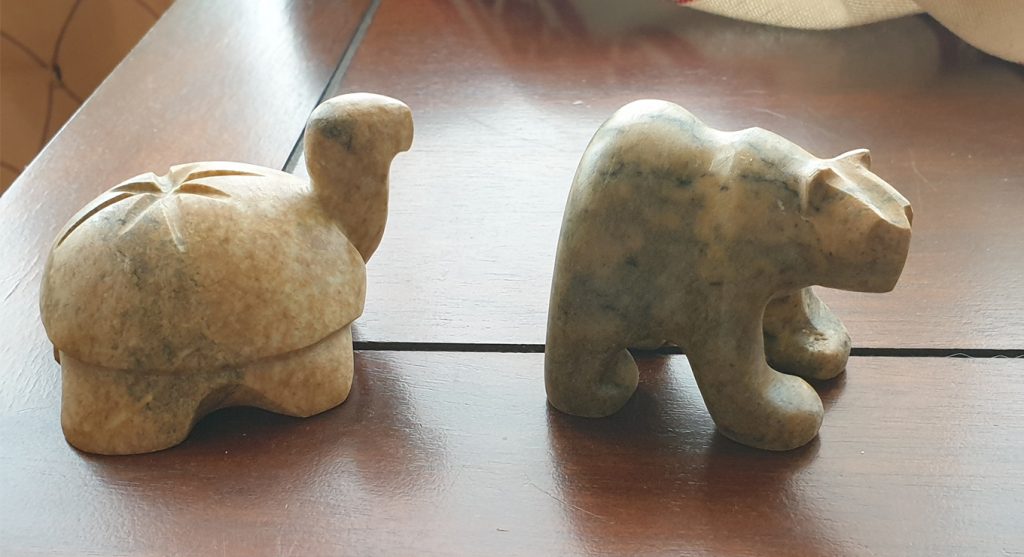
Beatrix was able to view and enjoy local art such as these soap stone carvings of a turtle and bear.
What it Means to Live in the North
“Living in the North means being ready to embrace the local culture, ask questions, spend as much time as possible outdoors, and meet new people.”
We were fortunate enough to experience some cultural activities such as: banok making, cooking moose stew on the campfire, listening to local stories of the history and language preservation (Rocky Cree dialect), viewing local arts and crafts like beadwork and soap stone carvings, as well as fishing and moose hunting with a local guide. As I am writing this, I look forward to taking part in a ceremony in the local sweat lodge, where we were warmly greeted and welcomed with a smudge and a cultural tour of the facilities by the keeper.
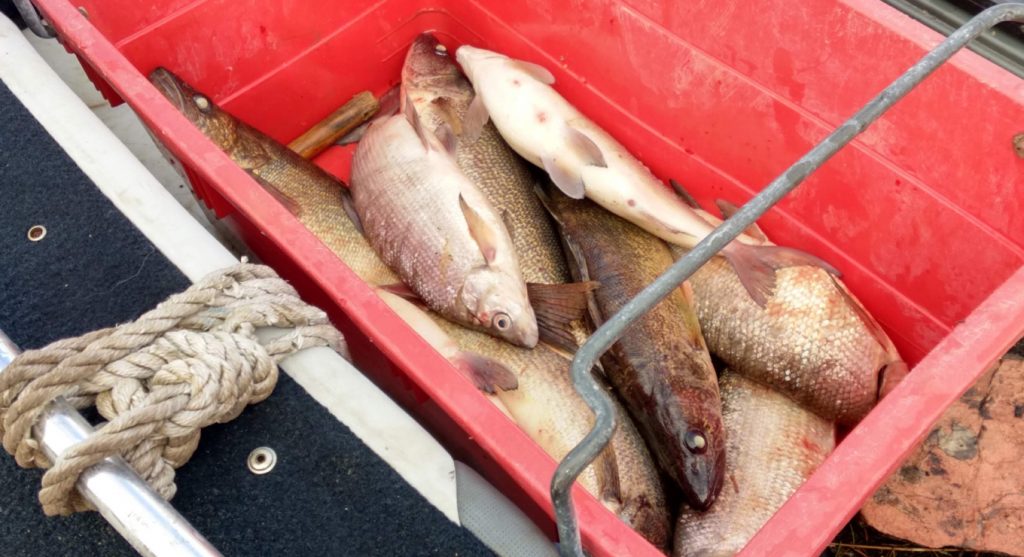
The catch of the day – Beatrix was able to fish and hunt with a local guide.
At an unprecedented time where half of the world is in lockdown and crisis caused by COVID-19, we feel very safe and taken care of by the whole community and its leadership. At the time of writing this, we have no cases and everyone is working together to keep everyone safe. Being out in nature has been keeping everyone in good mental and physical health.
Nisichawayasihk Cree Nation has warmly embraced us, and so have we, on our journey to discovering the multitude of Indigenous cultural practices and languages that define this country and have for thousands of years before settlement. When I think of this community, I think of wisdom, family, friendship, ancestors, and spirituality. Living in the North means being ready to learn, respect, listen, and understand.


